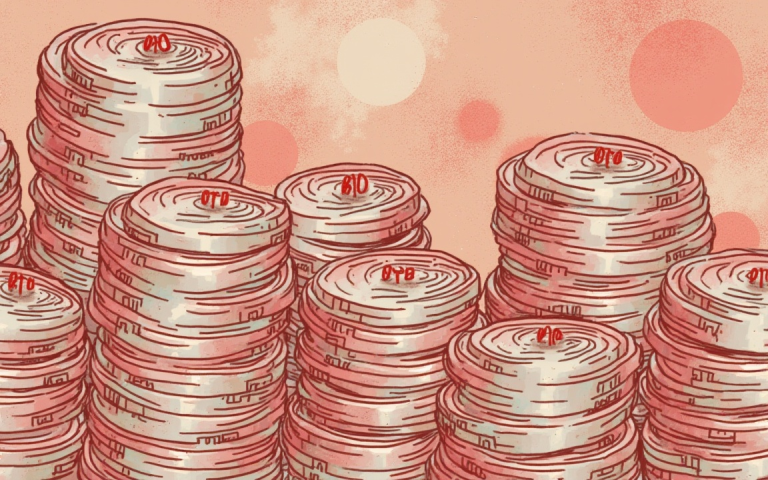The Zimbabwe ZiG currency has done relatively well this year, helped by the ongoing gold price rally, weaker dollar, and the higher interest rates by Zimbabwe’s central bank. ZIG, whose ticker symbol is ZWG, has remained at 26.70 in the past few months, slightly above the January 1 level of 25.6.
Soaring gold price has boosted Zimbabwe ZiG
The first major reason why the Zimbabwe ZiG has jumped this year is that gold price has jumped to a record high of $4,060, up from the January level of $2,600. It has jumped by over 50% in the last 12 months, making it one of the best-performing assets in the market.
The rising gold price has benefited the Zimbabwe ZiG in two ways. First, it has boosted the dollar value of its gold reserves. Data shows that the gold reserves have now jumped to $900 million from $700 million in June.
Second, the rising gold price has coincided with higher production in the country. The output jumped to 32.98 tons between January and September, up by 37% from the same period last year. It delivered 4.4 tons in September, and the government hopes that the annual production will get to 40 tons.
Therefore, the rising gold and platinum prices have contributed to the country’s economic growth. The IMF sees the economy jumping by 6% this year, while the government predicts a 6.8% annual growth.
Good weather and tobacco production
Meanwhile, Zimbabwe has had good weather this year, which has helped it to produce abundant food and tobacco. Data shows that its tobacco production through July was over 340 million kilograms, up from 296 million kilograms in the same period last year.
The rising tobacco production has helped to offset the lower prices. As a result, the country has earned over $1.2 billion in tobacco revenue this year.
The good weather means that Zimbabwe has reduced its food imports substantially this year. This is in contrast to 2024 when a prolonged drought led to a substantial increase in food imports.
Zimbabwe interest rates
The other main reason why the Zimbabwe ZiG has done well is that the central bank has maintained higher interest rates, which are geared towards fighting inflation and supporting the ZiG.
Zimbabwe’s central bank has boosted interest rates to 35%, much higher than the Federal Reserve’s 4.25%. In theory, the higher rates should translate to more returns in money market funds.
However, unlike in other countries, the higher benchmark rate has not translated to stronger money market fund returns. Data shows that ZiG interest-bearing accounts yield about 6%.
What next for the Zimbabwe ZiG?
The above reasons, together with the weak US dollar, have helped to boost the value of the Zimbabwe ZiG this year. Notably, the spread between the official and black market rate has continued to narrow this year.
Still, the value of the ZiG remains much lower than the initial 13.56. This was partly because of the 40% devaluation by the central bank in September. This devaluation was primarily to bridge the gap between the official and black market rate. In a report, the IMF recently noted:
“The role of the ZiG in the economy is still limited and monetary policy credibility remains low, as indicated by high dollarization and the elevated parallel exchange-rate premium.”
Looking ahead, the government and the central bank are working to ensure that it is the only currency by 2030. Still, this will be a hard thing to implement as Zimbabwe is primarily a dollar-based economy, with the greenback accounting for over 80% of the transactions.
Most importantly, Zimbabwe had five currencies in the past few decades. As such, there is still a risk that the ZiG will also collapse as the rest did.
The post Here’s why the Zimbabwe ZiG currency has stabilized this year appeared first on Invezz










